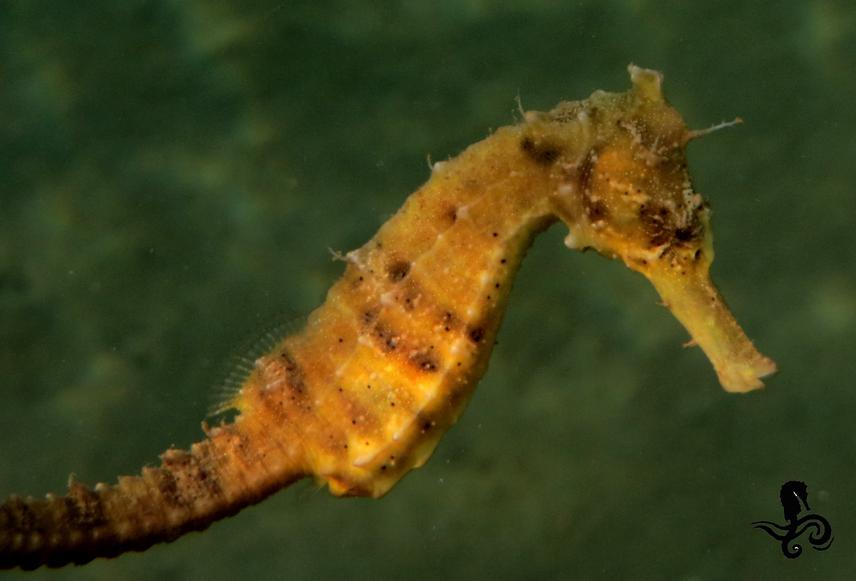Sharon Rose Tabugo
The general goal of this research is to provide baseline data on seahorses and pipefishes in Mindanao. It will document existing habitats, assess diversity (molecular barcoding), predict vulnerability of populations and construct species checklist and morphological guide to raise public awareness and empower local capacity for conservation and sustainable management. The data obtained and informal discussions to be carried out will also foster medical and economic awareness on seahorses and pipefishes, seek local policy support for conservation and sustainable management of these marine resources. Moreover, planners and decision-makers also play a very significant role in the management of regulating resource extraction through implementation of policies and laws in their respective local government units (LGUs).

This study takes precedence in assessing habitats of key species of seahorses and pipefishes in Mindanao. The Island of Mindanao, remained unexplored to some extent due to existing security threats on some areas. This left many organisms unstudied and undocumented. Loss in populations is inevitable and for some organisms they died with no data on their existence while others are heavily exploited without knowledge on how to alleviate pressure on wild populations, address genetic diversity and conservation.
This study will employ DNA barcoding for diversity assessment especially for problematic/complex species (e.g. Hippocampus kuda). Fractal Analysis of populations based on images will be used as predictors of vulnerability, to understand and monitor populations. Construction of Photographic guide will aide in community awareness and information drive for conservation efforts. Moreover, community outreach and awareness discussions through focal group discussions (FGDs) will be done to educate local stakeholders on diversity and conservation.